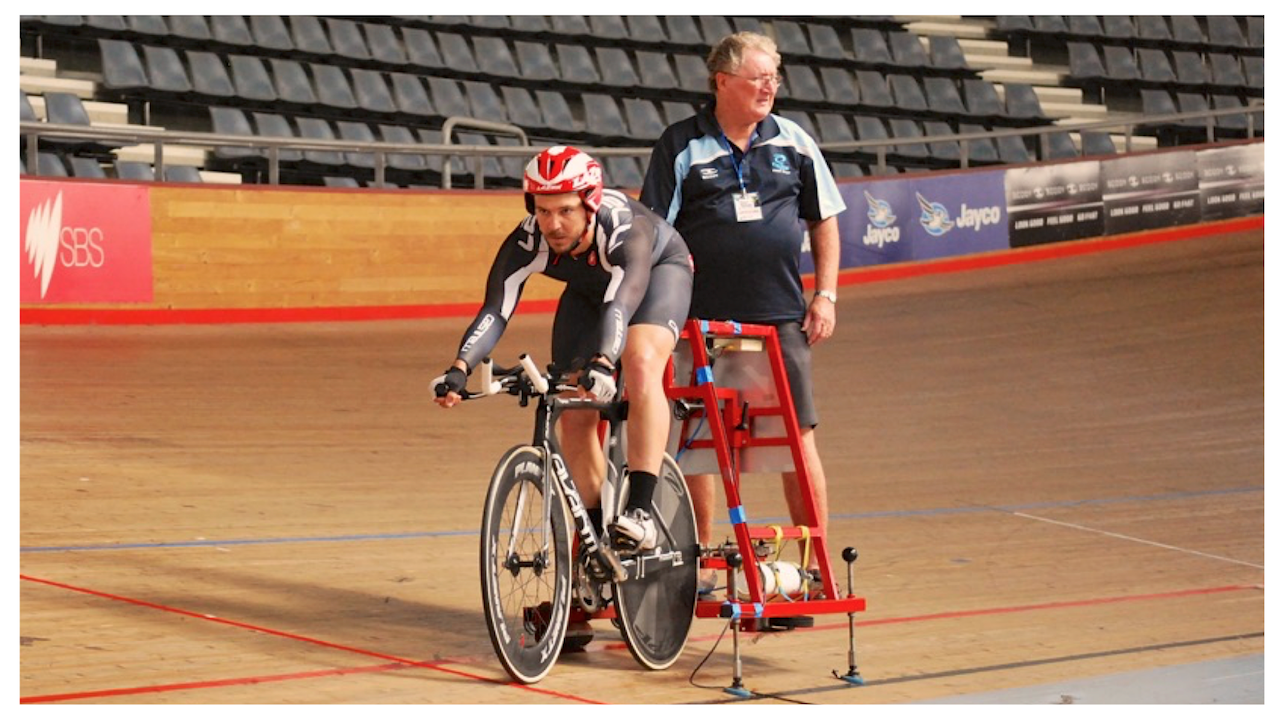4 Tips for Standing Starts so You Nail Your Gate Start

Standing starts - let’s admit it, they’re not as easy as they look!
Learning how to execute excellent standing starts time and time again takes a lot of practice.
In the process, it can get overwhelming and confusing at times, so simplifying the process is a key way to set yourself up for longer term starting success.
You only have to turn on the television and watch the time trial events at World Championships and Olympic games to see how in a matter of tenths and hundredths races are won and lost.
Efficiency and technique are combined with timing and momentum and if done correctly, will produce a fast force to propel the bike and rider forward.
Here are Kerrie Meares 4 fundamentals to standing start success.
1. Timing
We all know to go on zero right?
This is something that can be a challenge for many, especially with nerves at play and the distraction of a sometimes-hooting crowd.
False starts burn a lot of energy so it's best to get it right the first time.
A great tip is visualisation.
Visually sit on the bike (or in your office chair), listen to the count down (record it and replay - replay - replay), train your brain to work with the beeps!
2. Breathing
Have you ever thought about how much more power you can generate if you breathe at the right moment?
And how much better your strength endurance will last with more oxygen?
It's true, much longer!
Yet it's so easy to focus on so many things in a standing start that we forget to breathe!
A great tip is when you are visualizing your count down, incorporate a breathing pattern so that you have your lungs full of air on GO!
Taking a deep breathe in on 1 second before the go is always a good idea.
BUT - don't hold your breath for too long.
The goal is to breathe through your pedal strokes.
Don't be holding your breath until reaching the corner!
This will help your length in your time trial event - and will also ensure you don't pass out half way around the bend!
3. Stability
For a standing start to be efficient, all the power you generate needs to go through your pedals.
Any drop in your shoulders, hips or core will result in energy being diverted elsewhere and not into your pedal stroke force.
By establishing the coordination and activation of the muscle groups required to give you a solid power transfer, and developing strength needed to incorporate stability, will help standing start performance.
A great tip is to consult with a physiotherapist to make assessment and recommend specific exercises for any weaknesses that need attention to help your performance.
4. Hand Position
We’ve seen many starts where hands are relaxed and resting with literally seconds to go - this isn’t ideal!
Ideally, hands should be holding onto the bars firmly, with wrists straight (not bent), incorporated with a good solid upper body frame.
If your wrists are bent, you may have your hands placed too high in the drops.
Or if your wrists are inverted, they are relaxed and not solid for start preparation.
Either one of these wrist positions can affect the body's position in the early stages of the start which can restrict power drive to your pedals.
So there we have it a few tips to get you on your way flying around the track!
Where are you at with your standing starts?
Have you got any tips or cues that you’re using to get out of the gate faster?
Drop us a line below and let us know what makes you propel out of the gate!

